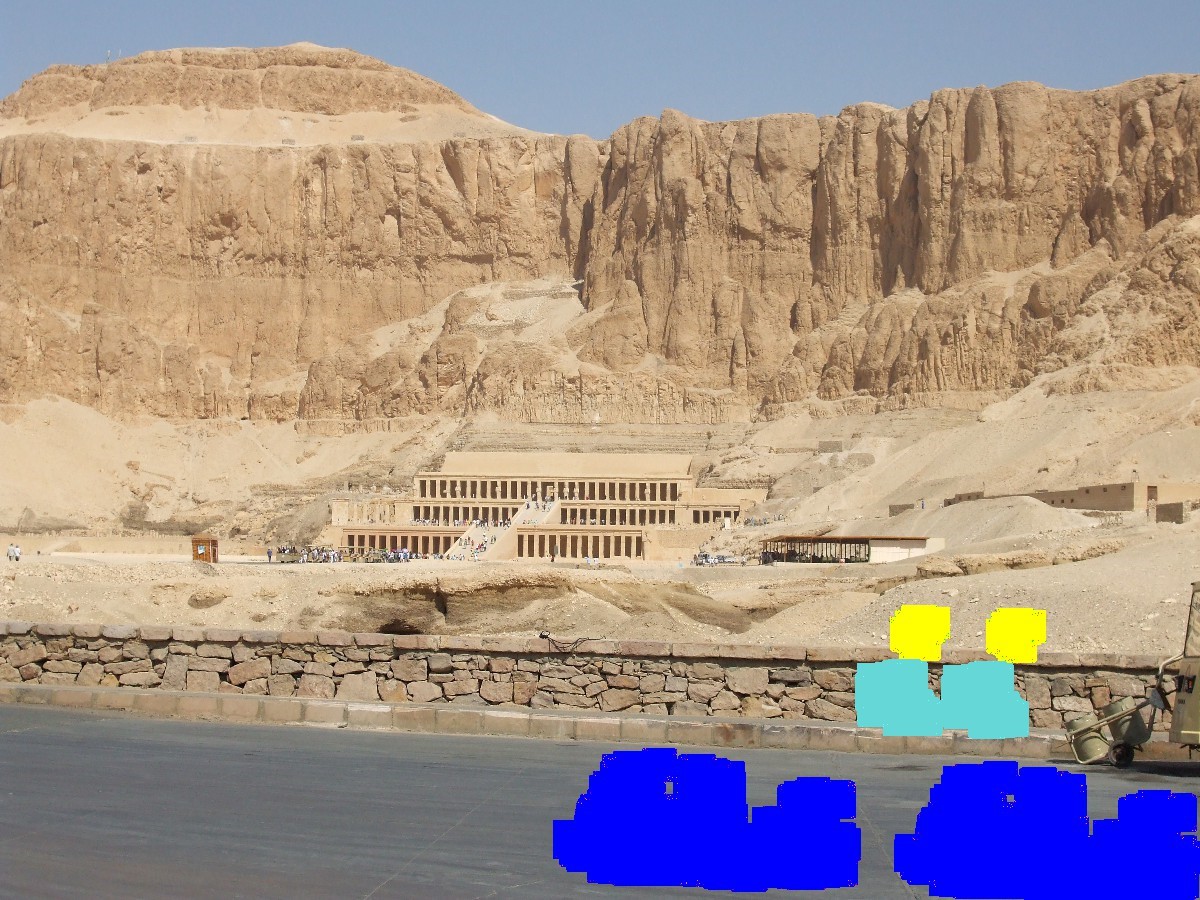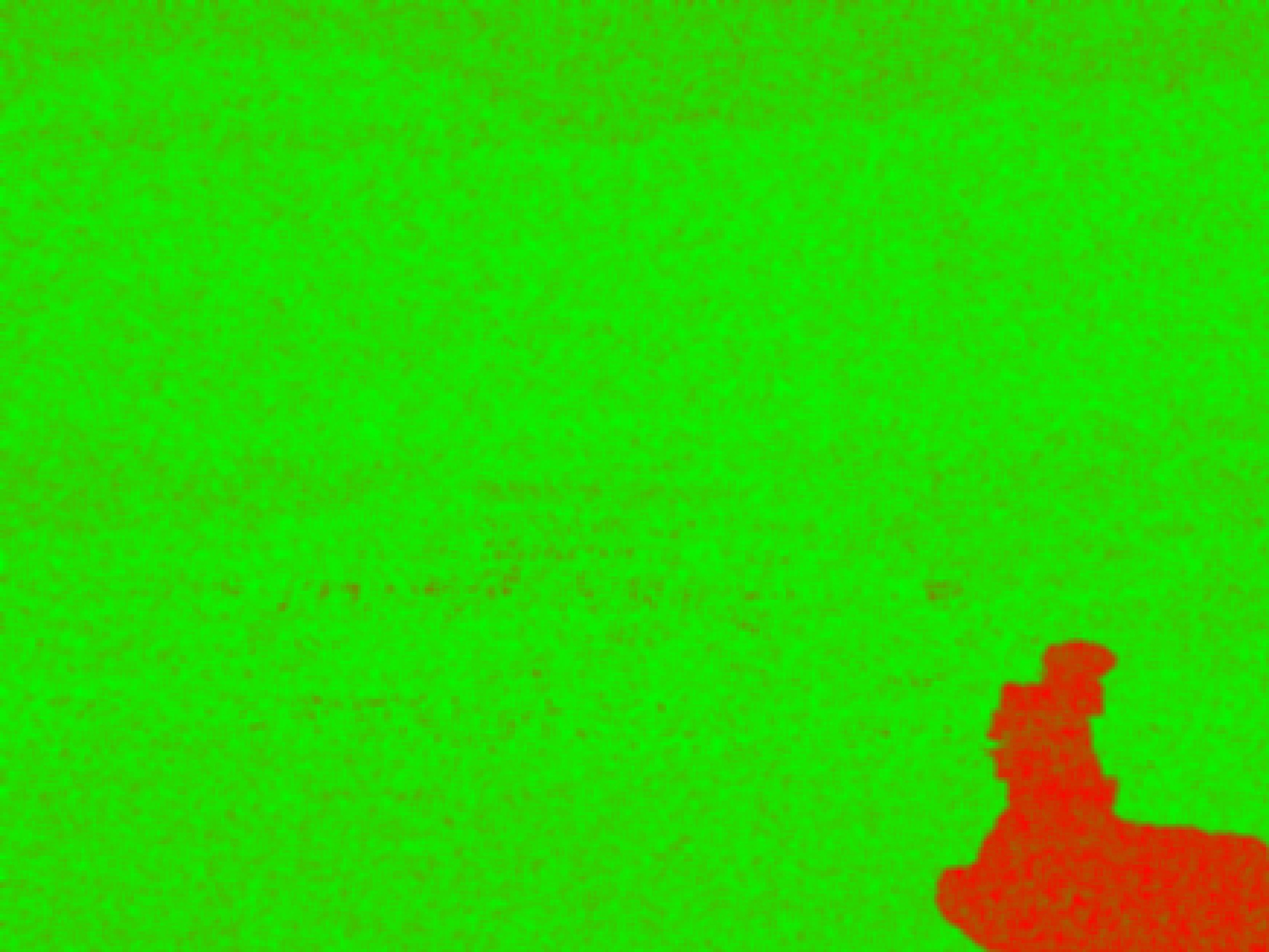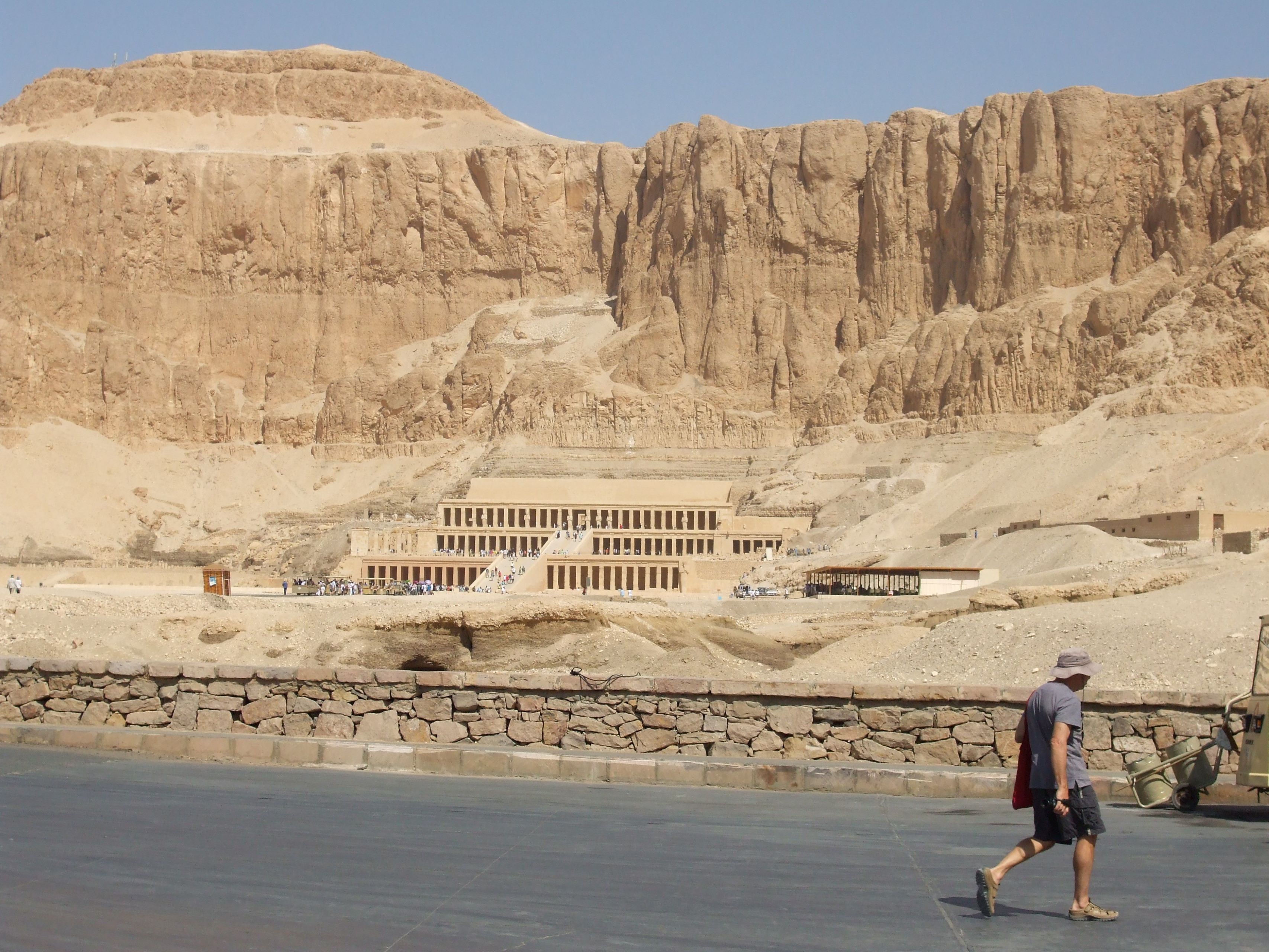
Jonathan Hak on the paramount importance of the truth – and why we shouldn’t always take images at face value
Hak, lawyer, international imagery law lecturer, and adjunct associate professor, talks about his PhD research on the use of images in international criminal prosecutions. He was a public prosecutor in Canada for over 30 years and dealt primarily with the prosecution of homicides and other major crimes.
‘The number one goal of any investigation and prosecution must be to determine the truth. There can’t be 'a prosecution truth'. There can’t be 'a defence truth'. There can only be the truth. And we – all of us – should be searching for the truth, because once we know the truth, then we can determine if a crime has been committed. And if so, who was involved in that. And then, we can decide whether a prosecution should be commenced, against whom, and what evidence will be called.'
Footage from mobile phones
We interviewed Hak shortly after the tragic turn of world events; it’s the second week following the recent shift in the Israeli-Palestinian Conflict. The day before, an explosion at the car park of the Palestinian Al-Ahli hospital in Gaza killed hundreds of people. The exact cause of the blast is contested by the parties. Media have been trying to piece together what exactly happened. In doing so, amongst other things they rely on video and images recorded by the public with their mobile phones.
'The shadows don’t line up with the sun quite right, revealing the trickery.'
In international criminal prosecutions images are used in much the same way. Investigators, prosecutors, and the courts rely on images recorded by the public as evidence to determine whether individuals can be held accountable for committing genocide, crimes against humanity, crimes of aggression, and war crimes. Hak: ‘The vast majority of the images that are taken into consideration are from the public.’ Such image-based evidence ‘is remarkably effective’, but also poses significant challenges, especially with respect to authenticity, says Hak.
Career first, PhD three decades later
Image-based evidence has played a key role in Hak’s career. Hak, a retired senior public prosecutor in Canada, prosecuted high-profile violent crime for over 30 years. ‘Images were a large part of virtually every prosecution that I conducted.’ Parallel to his career in public service, Hak has been teaching law, specialising in the use of images as evidence.
A family relocation brought Hak to The Hague in 2018. In the city where many international institutions are headquartered, including the International Criminal Court, he identified a gap in the literature and legal study. Hak: ‘There wasn’t a comprehensive publication out there on image-based evidence in international criminal prosecutions.’ He decided to write a PhD on the topic. ‘The confluence of my career as a prosecutor and the teaching that I’d been doing, together with the missing research on the topic, made it the right time and the right place to start my research.’

The advantage of images as evidence
In each criminal case the evidence provided to the court has to suffice for conviction. If there is insufficient evidence the suspect must be acquitted.
In the context of international criminal prosecutions, historically much evidence has been provided through witness statements. With advancements in technology, images have become a valuable additional source of evidence. Hak: ‘With image evidence we're not subject to the countless imperfections of eyewitness testimony. Eyewitness testimony is well documented as being unreliable, even among honest witnesses. Images can be very valuable in helping us to understand what the truth really is.'
Trickery with images
However, against the backdrop of the growing problem of misinformation and disinformation, images cannot always be taken at face value, says Hak. ‘There are so many opportunities for trickery with images, with at the extreme end, deepfakes. Take the deepfake of President Zelensky of Ukraine. Zelensky was telling the Ukrainian people: “put down your arms, we're going to give up the war against Russia”, which he in fact never said.’ In the context of international crimes there is particular reason ‘to be concerned that people will generate imagery that is designed to trick the viewer’, says Hak. He therefore stresses the importance of authenticating images. ‘Images don’t self-authenticate. We actually need to prove that they are authentic.’

Examples of trickery with images
As it is said that ‘a picture is worth a thousand words’, it seems apt to illustrate trickery with images. Hak gives two sets of images.
‘The image of two people hiking in the mountains in the snow on a sunny day looks real (see figure 1). However, it’s generated with Midjourney, a type of AI software. An expert who does content analysis will look at the shadows to determine if there are time of day inconsistencies. In this case, a light and shadow analysis shows that the shadows don’t Iine up with the sun quite right, revealing the trickery (see figure 2).'
In the other set, we see a building in the desert and a vehicle at the right edge (see figure 3 in the slideshow). Hak: ‘But the image has been altered. When looking closely at the metadata we see the coloured patches, which are indicative of cloning (see figure 4 in the slideshow). The red-green image reveals the forgery (see figure 5 in the slideshow): there was a man walking towards the vehicle who was removed from the image (see figure 6 in the slideshow).’
-

Figure 3, photo: Amped SRL (c) 2023 -

Figure 4, photo: Amped SRL (c) 2023 -

Figure 5, photo: Amped SRL (c) 2023 -

Figure 6, photo: Amped SRL (c) 2023
PhD Ceremony and Hak’s forthcoming book
Hak will defend his PhD dissertation ‘Non-textual Evidence in International Criminal Prosecutions: Discovering the Best Practices for Audiovisual Materials in a Digital Age’ on 9 November 2023, at 12.30 in the Academy Building. You can read the summary of his dissertation here and you can follow the livestream of the PhD defence here.
A book based on Hak’s dissertation will also be published by Oxford University Press. The book is forthcoming 7 March 2024.
Text: Helena Lysaght
Photo at top of article: Alice Donovan Rouse via Unsplash
